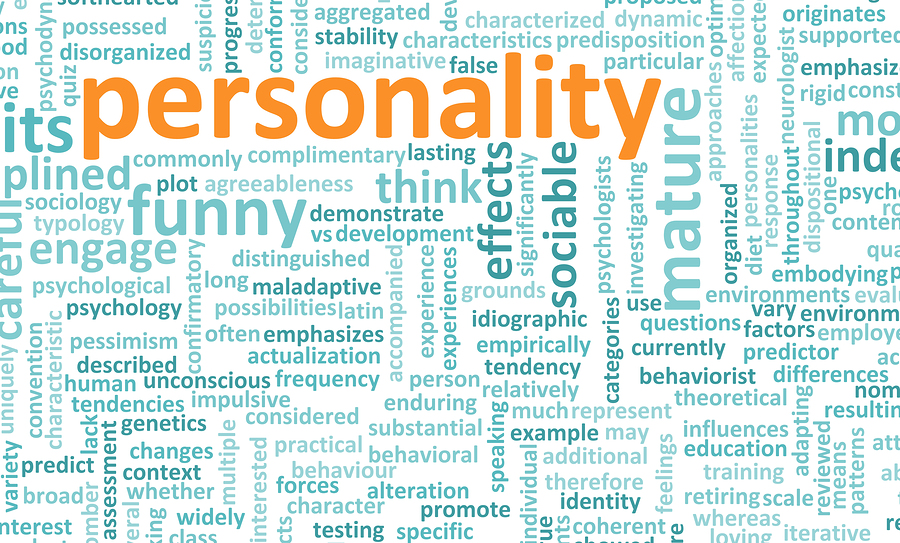Basically there are three types of assessment procedures: (i) Interviews (ii) Objective Tests (iii) Projective Tests. In an interview the subject is engaged in a conversation with the would-be-employer, on whose behalf a psychologist may investigate into his personality traits and qualifications.
The most obvious way to assess a person’s personality is to talk and interact with him, the technique we all use in our everyday life. It is the most common way of ‘getting to know’ someone else. A somewhat more formalized version of this procedure is the psychological interview which is a form of social interaction, specially a conversation with the definite purpose of diagnosis.
The interviewer wants to know some particular behavioural fact or facts about the interviewee. In contrast to other personality assessment procedures, the interview is relatively informal and can be conducted in a variety of ways. A completely unstructured interview takes whatever direction the interviewee wishes to pursue.
ADVERTISEMENTS:
A classical example of an therapist who responds infrequently and neutrally to whatever his client says. Usually, however, the interviewer imposes some structure, for time is limited and there are particular facts that he might learn. Interviews can be so highly structured and programmed that there may be no need for the interviewer at all.
The interviewee merely fills in a paper and pencil questionnaire. Personality inventories are often described as completely structured interviews. In most cases the interviewer controls the session in fairly obvious ways. He has particular questions to ask. He allows the interviewee to answer in certain ways. And he cuts the interview off at his own discretion.
The interviewer’s behaviour also has subtle effect on the conduct of the interview. Interviews and related assessment procedures sometimes move at a fast pace. The interviewer needs a way of quickly and accurately recording responses and events for later analysis.
ADVERTISEMENTS:
He may try to remember everything and even write it down somewhat at least in points. But his memory is likely to be fuzzy in specifics. Even if he is recording the interview on a tape recorder, he may forget the faking-reactions he experienced at the time of the interview.
For convenience the interviewer may resort to a shorthand form of note taking known as a rating scale. A rating scale is a device by which an interviewer cans rapidly and in a convenient time record his judgement of the subject according to several dimensions.
The most common form is the graphic, acting scale. Each dimension of the subject’s personality which is thought critical, for example, friendliness or industriousness, is represented by a segmental line. One end represents in extreme of the dimension (usually friendliness or industriousness), and the other end is the opposite extreme (very hostile or lazy).
The interviewer places a check mark at the appropriate place on the line to represent his judgement of the person’s position relative to all other people interviewed. Ratings can be made either during o immediately after an interview. With a sufficiently complete list of scales, the interviewer can create an accurate description of the subject’s personality or some components of his personality in a quick and relatively reliable way.
ADVERTISEMENTS:
A Personality Inventory:
This inventory generally consists of a large number of objective questions about one’s behaviour. The test taker is asked about his attitudes, hobbies, personal hobbies, personal habits, friends and family, and family, and so on. Usually the inventory is designed to measure his personality on several different scales.
So the test might have ten sub-scales, each one presumably measuring a different aspect of personality, and for each sub-scale there might be ten to twenty questions designed to get at that factor or sub-scale. The personality inventory for executive jobs is fairly detailed.
It may consist of about 500 statements which the subject must judge as being either “true” of himself, “false” of “cannot say”. Statements may be of this variety: 1. I have trouble making new friends. 2. I am seldom troubled by nightmares. 3. At times my mind is very confused. 4. My parents often punished me physically. 5. I seldom get headaches.
Project Tests:
The most famous projective test, the Rorschach inkblot Test was developed by Herman Rorschach in 1921. The test consists of ten ink blots, five of them printed in shades of black and five containing varying degrees of colour. The final set of ten blots war derived from a large group of blots that was administered to patients with types of disorder.
Normal patients were also tested. The final ten bolts were the ones that best discriminated the reactions of normal and further showed some evidence of discriminating among the various disorders within the paient population.
Thematic Apperception Test:
This test is used successfully to measure achievement motivation. In this test the subject is shown a picture and is asked to tell a story about it. His story is supposed to tell what is happening in the picture, what led up to the science in the picture, and what will happen in the future. There are 18 black and white pictures and one blank card (the subject must imagine a picture on the card and then tell the story).
A popular shortened version of the test contains only ten cards. The stories are scored along several dimensions. A critical one is the person in the picture whom the subject identifies as the central character. Other considerations are how the story reflects certain needs and concerns of the subject and what factors seem to be aiding or hungering the satisfaction of the personal needs.
There are norms of typical responses that may serve as guidelines for the psychologist, but the test are basically interpreted and not quantities. This means that the scoring procedure is highly subjective and is perhaps easily affected by extraneous variables.

